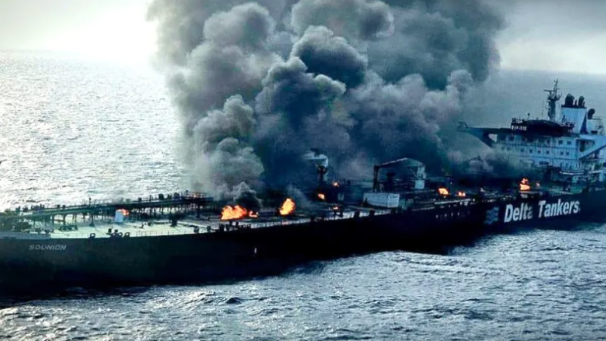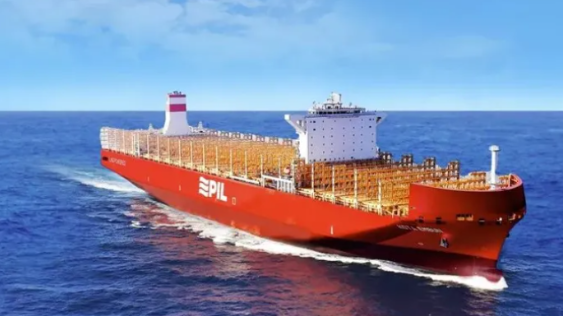The latest data shows that as major shipping companies implemented FAK (Freight All Kinds) rate increases on the Asia-Europe routes, spot freight rates on multiple routes saw a slight rebound this week. Behind this hard-won "battle to halt the decline," what industry changes are hidden?
I. Key Data: Three Major Indicators Signal a Bottom
- Shanghai-Rotterdam Route (WCI Index): A 2% week-on-week increase to $2,636 per 40-foot container.
- Far East-Northern Europe Route (XSI Index): A slight 1% increase to $2,733 per 40-foot container.
- Asia-Mediterranean Route (FBX Index): Defying the trend, it surged to $4,177 per 40-foot container.
Although current freight rates are still below the target values set by shipping companies (Northern Europe at $4,100 per container), the market is showing signs of bottoming out. Industry insiders analyze that this is thanks to the recent dual strategy of "restructuring networks while maintaining market share" adopted by shipping companies.
II. Capacity Battle: Reduced Capacity in Northern Europe vs. Increased Capacity in the Mediterranean
New research from industry databases reveals significant movements:
- Northern Europe Route: MSC plans to cut capacity by 17% in May-June, reducing monthly capacity to 358,000 TEUs.
- Mediterranean Route: Capacity will surge by 25% during the same period to 356,000 TEUs, approaching the scale of Northern Europe.
"This structural adjustment is by no means accidental," noted shipping expert Lars Jensen. Shipping companies are tilting resources towards high-profit regions. The current freight rate on the Mediterranean route is 58% higher than that on the Northern Europe route, making it a new strategic stronghold.
III. Transoceanic Market: Continued Decline in North America vs. Hidden Increases in the Atlantic
- Trans-Pacific Route: The Shanghai-Los Angeles freight rate fell by 9% week-on-week to $3,166 per container, marking the eighth consecutive week of decline.
- Trans-Atlantic Route: Freight rates remain stable in the 2,350−
- 2,350−2,400 range, but MSC announced a 17% FAK surge to $7,000 per container on the New York route starting April 2.
Notably, actions such as CMA CGM's precise pricing at 3,026 per container, Hapag-Lloyd's imposition of a 3,026 percontainer, Hapag−Lloyd′ simpositionofa750 peak season surcharge, and other moves suggest that transoceanic routes may usher in a new round of price competition.
IV. Industry Outlook: A Race Against Time During Network Restructuring
Shipping companies currently face dual challenges:
- Capacity Control Dilemma: The deployment of new route networks has rendered the traditional "blank sailing" strategy ineffective.
- Market Share Competition: According to disclosures at the TPM25 conference, leading companies are locking in core customers through differentiated services.
Analysts warn that April-June will be a critical window. If capacity adjustments fail to accurately match the recovery in cargo volume, the brief price rebound may not be sustainable. Shippers are advised to closely monitor the route dynamics of leading companies like MSC and plan their second-quarter shipping strategies in advance.
The bottoming out and rebound of Asia-Europe freight rates are like a ray of sunshine breaking through the gloom. However, in the context of global supply chain restructuring, this "capacity rebalancing" battle has just begun. Every capacity adjustment by shipping companies is quietly reshaping the power map of the shipping market.

Last
Houthi Issues "Ultimatum": Reopen Gaza Aid or Resume Red Sea Attacks
A week ago, Israel halted all aid deliveries into Gaza and cut off electricity supplies on Sunday, sparking a strong reaction from

Next
Naming Ceremony Held for Pacific International Lines' Fourth 14,000 TEU LNG Dual-Fuel Container Ship "Kota Embun"
On the morning of March 10, Pacific International Lines (PIL) held a grand naming ceremony for its fourth 14,000 TEU (Twenty-Foot




